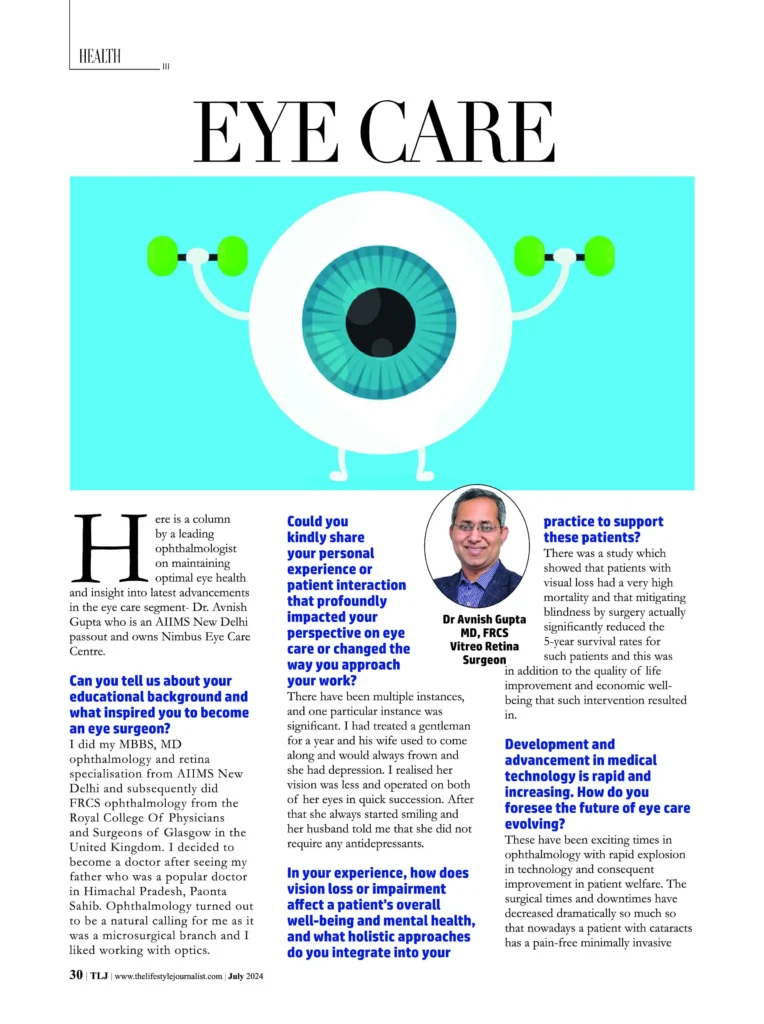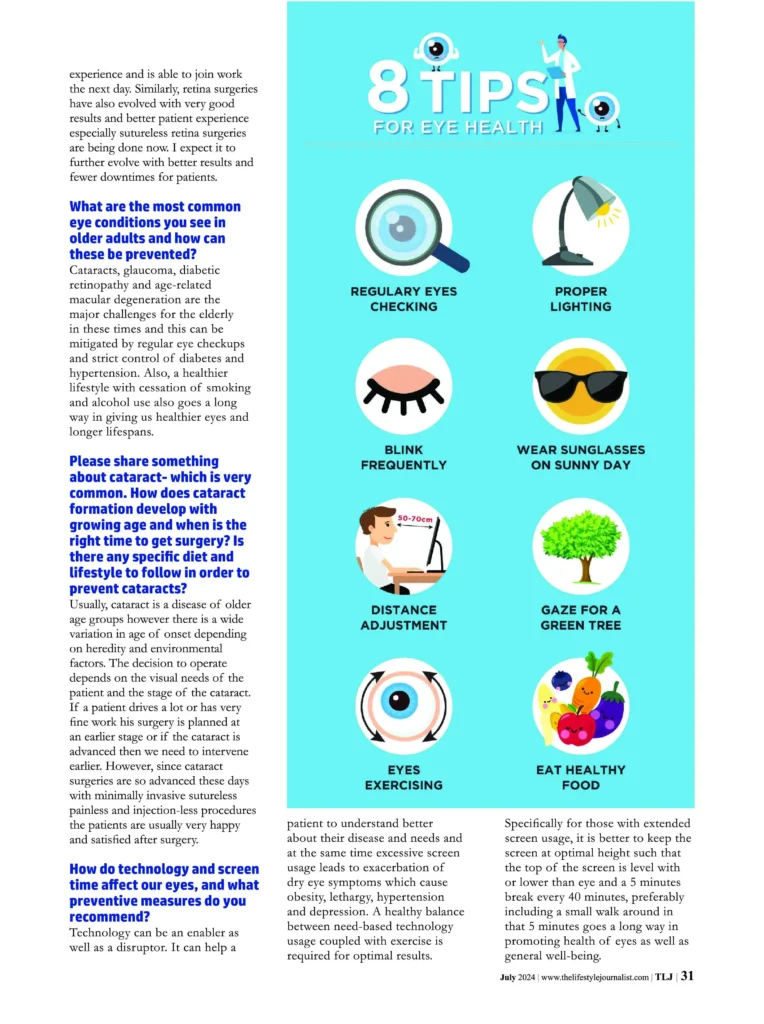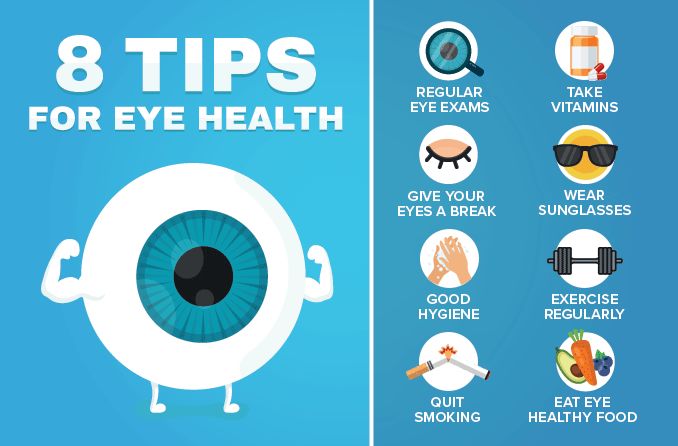Here is a column by a leading ophthalmologist on maintaining optimal eye health and insight into latest advancements in the eye care segment- Dr. Avnish Gupta who is an AIIMS New Delhi passout and owns Nimbus Eye Care Centre.
Can you tell us about your educational background and what inspired you to become an eye surgeon?
I did my MBBS, MD ophthalmology and retina specialisation from AIIMS New Delhi and subsequently did FRCS ophthalmology from the Royal College Of Physicians and Surgeons of Glasgow in the United Kingdom. I decided to become a doctor after seeing my father who was a popular doctor in Himachal Pradesh, Paonta Sahib. Ophthalmology turned out to be a natural calling for me as it was a microsurgical branch and I liked working with optics.
Could you kindly share your personal experience or patient interaction that profoundly impacted your perspective on eye care or changed the way you approach your work?
There have been multiple instances, and one particular instance was significant. I had treated a gentleman for a year and his wife used to come along and would always frown and she had depression. I realised her vision was less and operated on both of her eyes in quick succession. After that she always started smiling and her husband told me that she did not require any antidepressants.
In your experience, how does vision loss or impairment affect a patient’s overall well-being and mental health, and what holistic approaches do you integrate into your practice to support these patients?
There was a study which showed that patients with visual loss had a very high mortality and that mitigating blindness by surgery actually significantly reduced the 5-year survival rates for such patients and this was in addition to the quality of life improvement and economic well-being that such intervention resulted in.
Development and advancement in medical technology is rapid and increasing. How do you foresee the future of eye care evolving?
These have been exciting times in ophthalmology with rapid explosion in technology and consequent improvement in patient welfare. The surgical times and downtimes have decreased dramatically so much so that nowadays a patient with cataracts has a pain-free minimally invasive experience and is able to join work the next day. Similarly, retina surgeries have also evolved with very good results and better patient experience especially sutureless retina surgeries are being done now. I expect it to further evolve with better results and fewer downtimes for patients.
What are the most common eye conditions you see in older adults and how can these be prevented?
Cataracts, glaucoma, diabetic retinopathy and age-related macular degeneration are the major challenges for the elderly in these times and this can be mitigated by regular eye checkups and strict control of diabetes and hypertension. Also, a healthier lifestyle with cessation of smoking and alcohol use also goes a long way in giving us healthier eyes and longer lifespans.
Please share something about cataract- which is very common. How does cataract formation develop with growing age and when is the right time to get surgery? Is there any specific diet and lifestyle to follow in order to prevent cataracts?
Usually, cataract is a disease of older age groups however there is a wide variation in age of onset depending on heredity and environmental factors. The decision to operate depends on the visual needs of the patient and the stage of the cataract. If a patient drives a lot or has very fine work his surgery is planned at an earlier stage or if the cataract is advanced then we need to intervene earlier. However, since cataract surgeries are so advanced these days with minimally invasive sutureless painless and injection-less procedures the patients are usually very happy and satisfied after surgery.
How do technology and screen time affect our eyes, and what preventive measures do you recommend?
Technology can be an enabler as well as a disruptor. It can help a patient to understand better
about their disease and needs and at the same time excessive screen usage leads to exacerbation of dry eye symptoms which cause obesity, lethargy, hypertension and depression. A healthy balance between need-based technology usage coupled with exercise is required for optimal results. Specifically for those with extended screen usage, it is better to keep the screen at optimal height such that the top of the screen is level with or lower than eye and a 5 minutes break every 40 minutes, preferably including a small walk around in that 5 minutes goes a long way in promoting health of eyes as well as general well-being.



